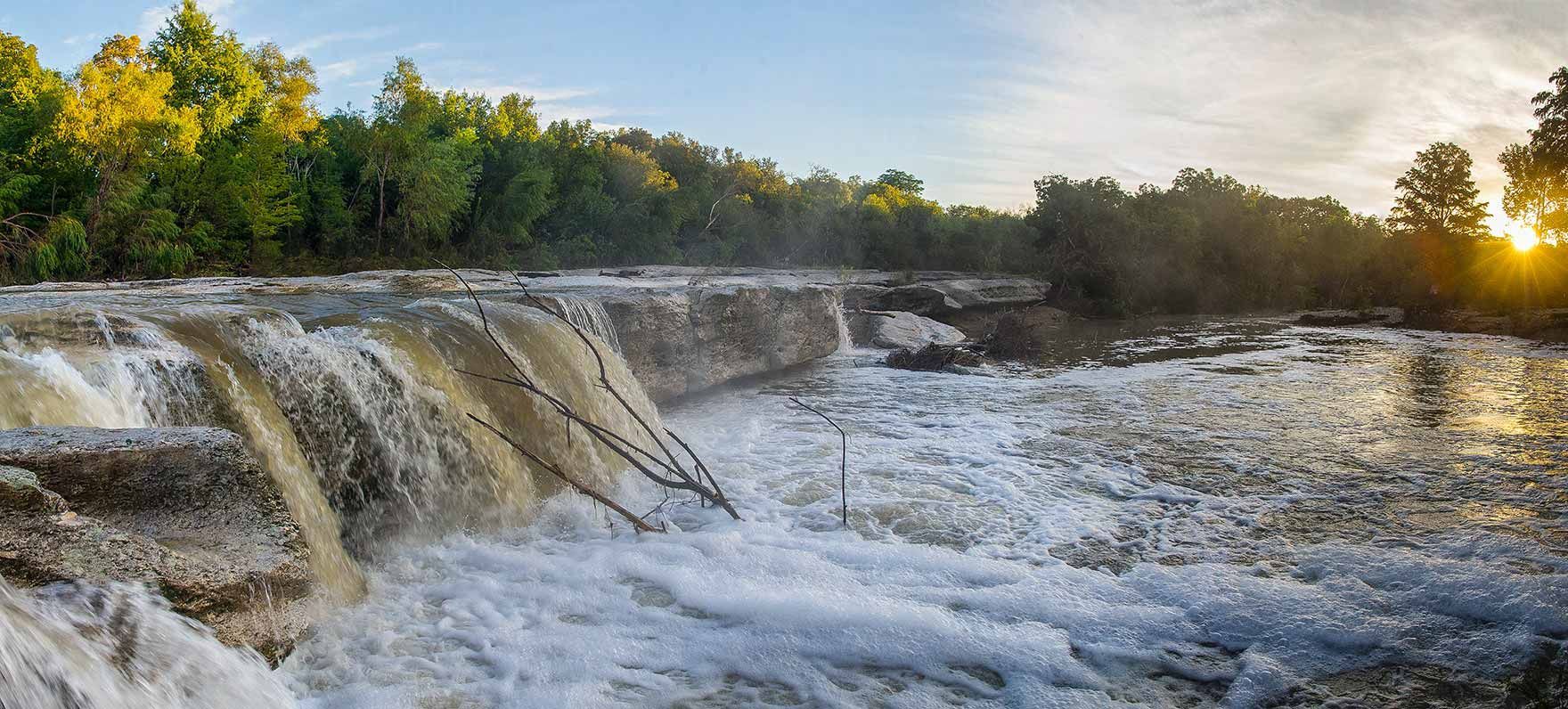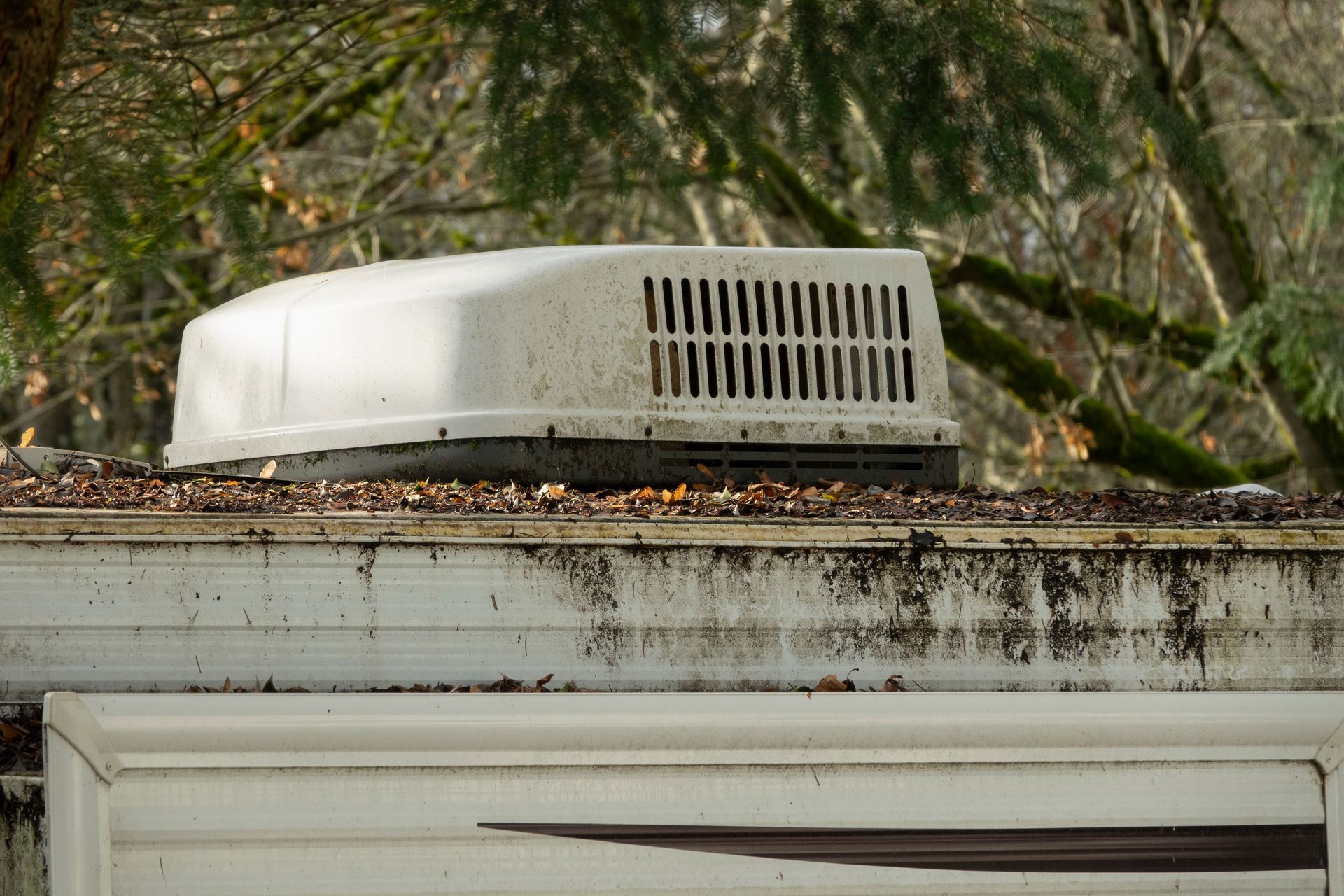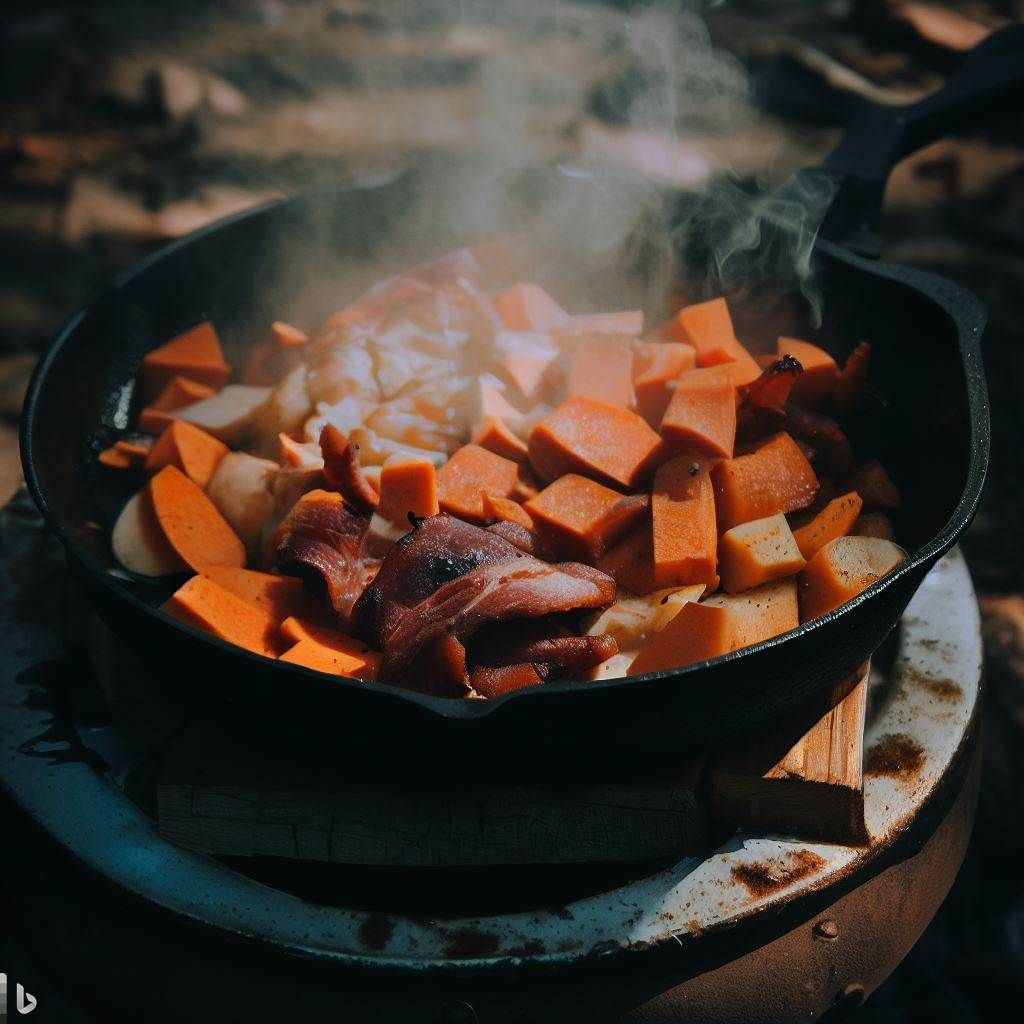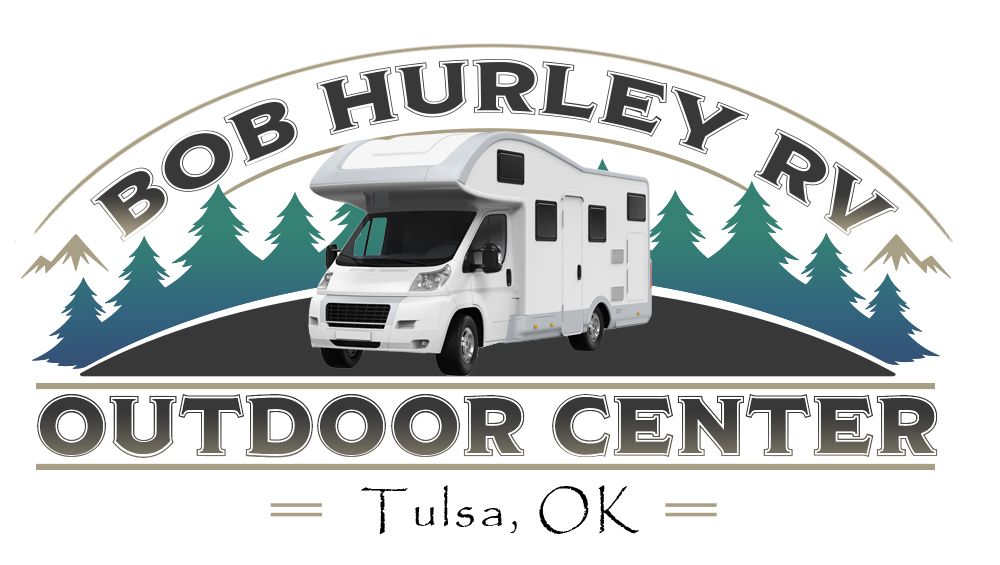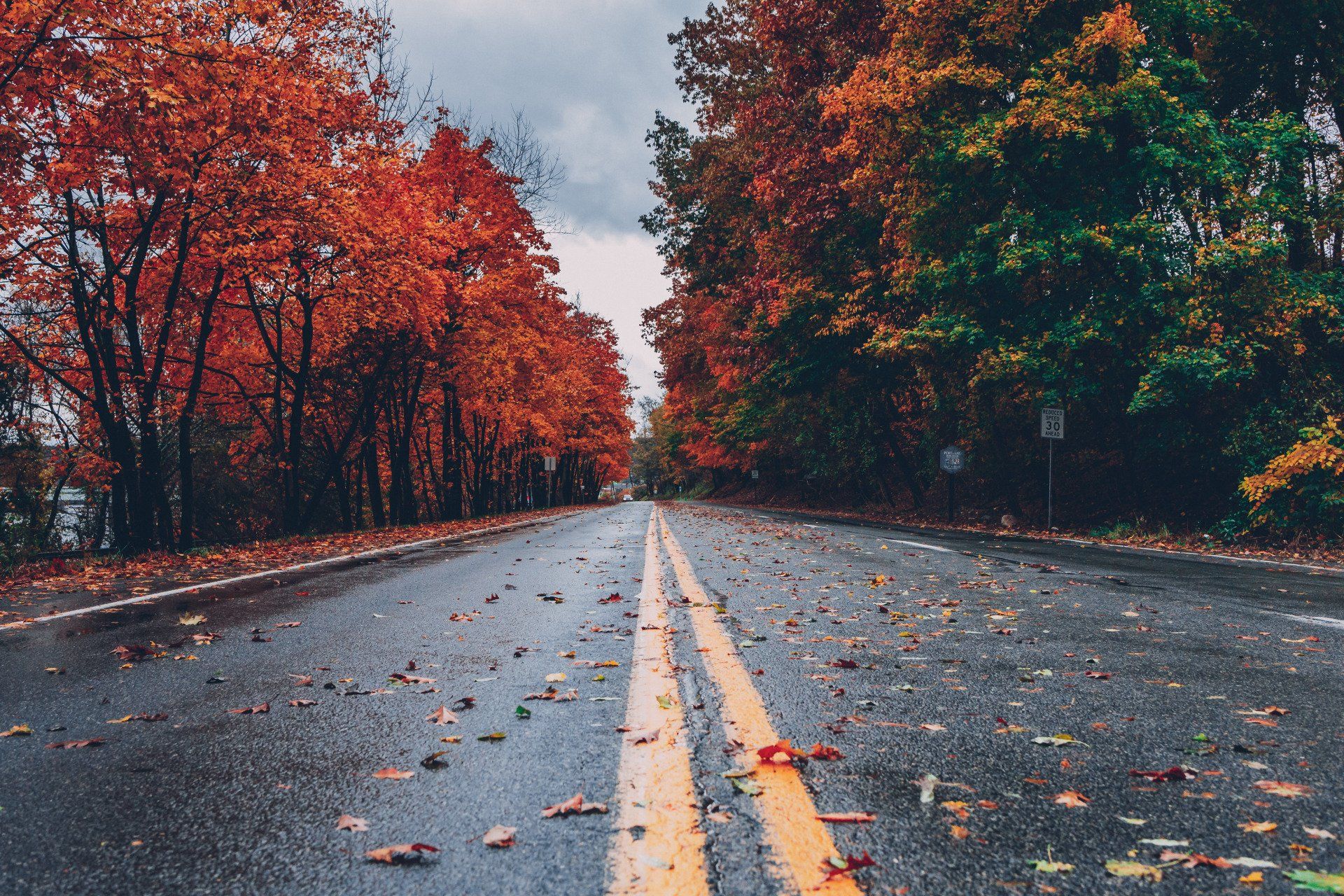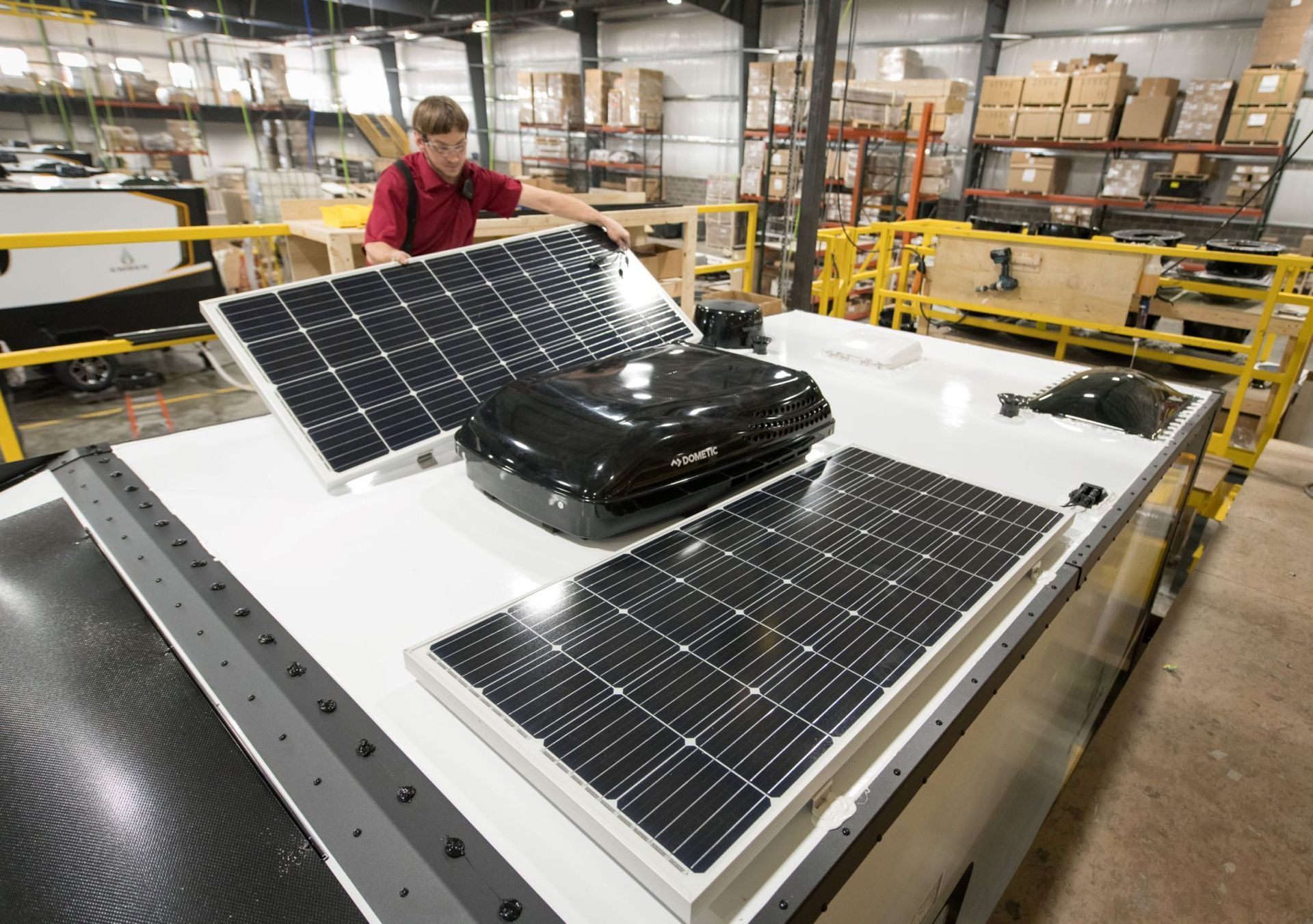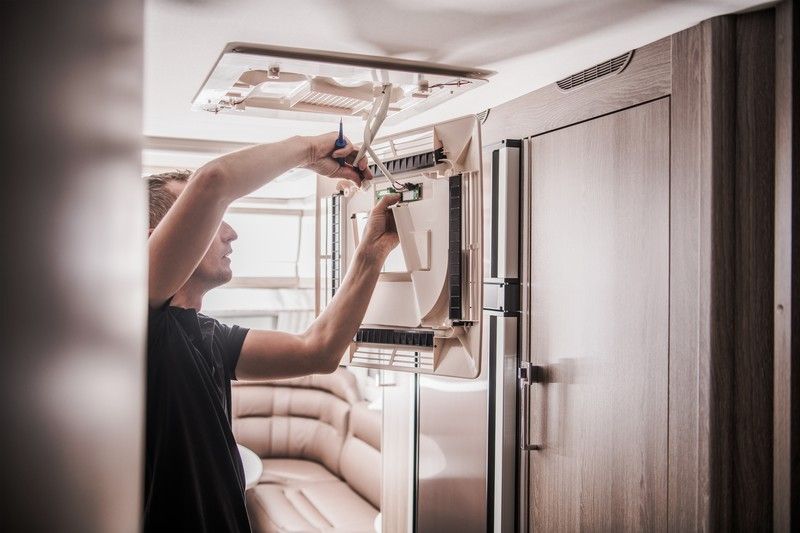Recognizing and Preventing Heat-Related Illnesses
Safeguarding Your Health: Recognizing, Responding to, and Preventing Heat-Related Illnesses

Camping in extreme heat can expose you to the risk of heat-related illnesses, which range from mild heat exhaustion to severe heat stroke. Recognizing the symptoms early and taking prompt action is crucial for ensuring safety in such conditions.
Symptoms of Heat Exhaustion and Heat Stroke:
- Heat Exhaustion:
- Profuse sweating
- Weakness or fatigue
- Dizziness or lightheadedness
- Nausea or vomiting
- Headache
- Muscle cramps
When someone is experiencing heat exhaustion, their body is struggling to cool down, often due to dehydration and prolonged exposure to high temperatures.
- Heat Stroke:
- High body temperature (above 103°F or 40°C)
- Absence of sweating, with hot, red, dry skin
- Rapid pulse
- Throbbing headache
- Confusion or agitation
- Unconsciousness or seizures
Heat stroke is a medical emergency that requires immediate intervention, as it can quickly lead to organ damage or even death if untreated.
Immediate Actions to Take:
- Heat Exhaustion:
- Move the person to a cooler, shaded area.
- Have them lie down and elevate their feet slightly.
- Loosen or remove tight clothing.
- Cool them down with damp cloths or by lightly spraying them with water.
- Encourage them to drink cool water or a sports drink containing electrolytes.
- Heat Stroke:
- Call emergency services immediately.
- While waiting for help, move the person to a cooler place.
- Remove excess clothing and use cool water (not ice water) to lower their body temperature.
- Fan their body and apply ice packs to the armpits, groin, neck, and back to help cool them down.
Precautionary Measures to Prevent Heat-Related Illnesses:
- Stay Hydrated: Drink plenty of water throughout the day, even if you don't feel thirsty. Avoid alcoholic and caffeinated beverages, as they can contribute to dehydration.
- Plan Activities Wisely: Schedule strenuous activities during the cooler parts of the day, such as early morning or late evening. Take frequent breaks in shaded or cool areas.
- Wear Appropriate Clothing: Choose lightweight, loose-fitting clothing that allows your body to breathe. Opt for light colors that reflect sunlight.
- Use Sun Protection: Wear hats, sunglasses, and apply sunscreen with a high SPF to protect your skin from harmful UV rays.
- Acclimatize: If you're not used to hot weather, gradually increase your exposure to heat over several days to allow your body to adjust.
- Monitor Others: Keep an eye on your camping companions and encourage them to take breaks and stay hydrated. Recognize early signs of heat-related illnesses in others.
By being aware of the symptoms, taking immediate action when necessary, and following precautionary measures, you can significantly reduce the risk of heat-related illnesses while enjoying your camping experience in hot weather.
Disclaimer: The following information is intended as general guidance and should not replace professional medical advice. If you or someone else experiences symptoms of heat-related illness, seek medical attention immediately.
